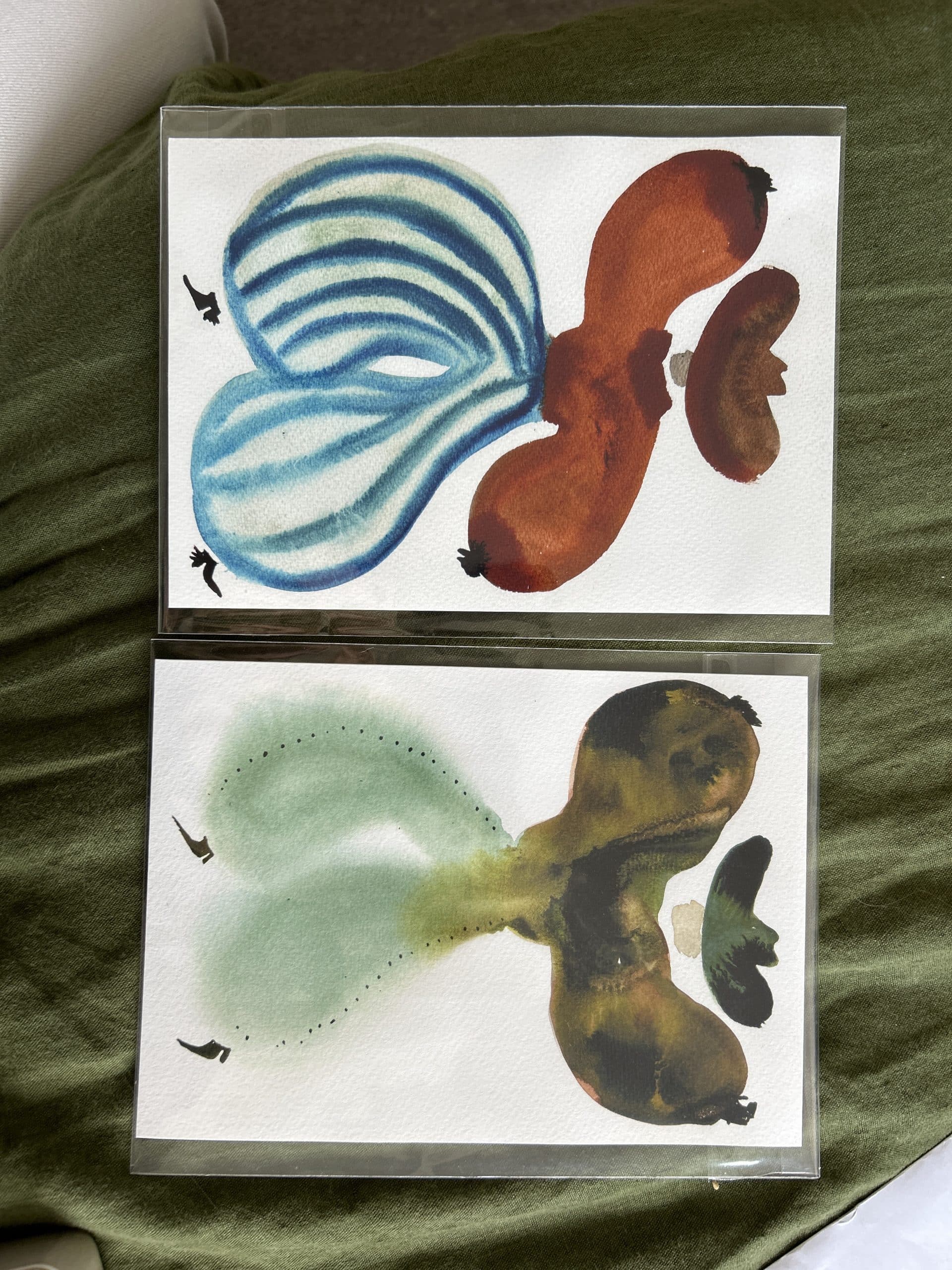Most people would expect an artwork worth $6.2m to be displayed in a custom picture frame, rather than stuck to the wall with duct tape. However, this is how a conceptual artwork called ‘Comedian’ was revealed to the world: it consisted simply of a banana taped to a plain white wall.
The conceptual piece, by Italian artist Maurizio Cattelan, first debuted in 2019 at Art Basel Miami Beach, and sold for $120,000. The artist claimed this was the first of three editions of the bananas artwork.
The age old debate about what art is
There has been a huge volume of debate about the meaning of the piece: is it a joke on the way that the art market functions, on the questionable quality of some modern art, or on the buyer willing to put up that much money for a slight and transient installation?
Or does it raise more profound questions about what art is and how much the context of objects gives them meaning?
These questions are nothing new, of course: artists have always sought to explore the interplay between objects, ideas and representations. Some pieces seem to deliberately mock the commodification of art, or play on the tension between the purity of a concept and the cold financial realities of the art market.
Duchamp’s urinal
The most famous example of this type of art is probably Marcel Duchamp’s Fountain (1917), which consists of an upturned porcelain urinal signed by R.Mutt.
When the artwork was submitted to the Society of Independent Artists’ salon in New York, who claimed they would accept any artwork in return for a fee, the Society’s board of directors rejected the artwork on the grounds that it was not a true work of art.
However, fellow artist Beatrice Wood recognised the power behind the idea, and wrote in an editorial: “Whether Mr Mutt with his own hands made the fountain or not has no importance. He CHOSE it. He took an ordinary article of life, placed it so that its useful significance disappeared under the new title and point of view—created a new thought for that object.”
Although over a century has passed since Duchamp’s provocative stance, the debate continues to rage over fundamental questions, such as who is allowed to decide what art is: artists, critics, curators, viewers,or buyers? Does an artwork need to be created from the hands of the artist, or is it only the idea that is important?
The golden toilet
Cattelan himself, the banana artist dujour, has himself weighed into Duchamp’s long legacy by displaying a fully functional 18-karat gold toilet at the Guggenheim Museum. Visitors were encouraged to use it as a regular toilet, provoking a mixed reaction: some were disgusted by the extravagance, others found it beautiful, and some were ambivalent about the idea.
The multimillion dollar banana
Cattelan’s latest edition of his duct tape banana was auctioned at Sotheby’s for $6.2m (£4.9m), creating a viral internet sensation. The story doesn’t end here, however: the artwork was purchased by Justin Sun, founder of cryptocurrency platform TRON, who promised that he would eat it.
Mr Sun commented Comedian “represents a cultural phenomenon that bridges the worlds of art, memes, and the cryptocurrency community. Additionally, in the coming days, I will personally eat the banana as part of this unique artistic experience, honouring its place in both art history and popular culture.”
Sun, 34, made good on his promise and ate the banana at a press conference held at a high-end Hong Kong hotel. He explained that he saw the parallels between the banana and the decentralised sphere of blockchain technology, commenting: “Most of its objects and ideas exist as (intellectual property) and on the internet, as opposed to something physical.”
Sun received a certification of authenticity for Cattelan’s artwork, which authorised him to replace the fruit when it decayed and call himself the owner of the new installation. No doubt he has also generated a lot of fresh interest in his business, so maybe it was an act of marketing genius rather than complete madness and excess.
However, for the vast majority of people, duct taping fruit to the wall isn’t going to replace the concept of displaying pictures in frames any time soon.
